Fungies has come out with one of the best product mixes we've seen in years: adaptogenic mushroom-based gummies. This is part of a broader, industry-wide trend to normalize the use of previously obscure (yet quite beneficial) edible mushrooms like lion's mane, reishi, and cordyceps, which have general stabilizing effects on human physiology.
We've seen lion's mane grow in popularity over the past decade, watching its use in standalone supplements, nootropic focus boosters, and even pre-workout supplements. But nobody's dared to put it in its own gummy -- at least not at this big of a dose!
Fungies Lion's Mane: 500 milligrams in a single gummy at a great value!
We recently covered Fungies in an an article titled Introducing Fungies: Mushrooms in Delicious Gummy Form! The recent update is that they got their lion's mane gummies nationwide into Walgreens - a huge win for consumers who want easy access to a great focus-enhancing nootropic ingredient, but want it in an enjoyable form factor.
Lion's mane doesn't provide just an acute boost, though – it can help your brain create and develop new neurons, ultimately leading to persistent structural changes that can improve cognitive and emotional health.
In this article, we explain how this mushroom can help (without going too deep), but first, check PricePlow's Fungies news and deals -- and it actually comes at an incredible price:
Fungies Lion's Mane Mushroom - Daily Gummies – Deals and Price Drop Alerts
Get Price Alerts
No spam, no scams.
Disclosure: PricePlow relies on pricing from stores with which we have a business relationship. We work hard to keep pricing current, but you may find a better offer.
Posts are sponsored in part by the retailers and/or brands listed on this page.
This area is reserved for Team PricePlow's upcoming videos.
Subscribe to our channel and sign up for notifications so you catch it when it goes live!
Fungies Lion Mane Ingredients: 500 mg Lion's Mane Mushroom Hericium erinaceus (Fruiting Body) Extract
In a single 1-gummy (4 gram) serving of Lion's Mane Mushroom Gummies from Fungies, the one active ingredient is 500 milligrams of Hericium erinaceus fruiting body extract. This is of course also known as lion's mane, an edible mushroom with a long history of use in traditional Chinese medicine (TCM).
One of the more interesting things to know about lion's mane is that it's used frequently in fine cuisine. Top chefs around the world source lion's mane thanks to its buttery, lobster-like flavor and texture.[1] So lion's mane isn't some little-used, recently-discovered mushroom with a totally unknown safety profile – it's something that people eat and enjoy in large quantities on a regular basis.
Beta-glucans: the neurogenesis
The reason to take lion's mane in supplemental form is due to its high content of beta-glucans, special polysaccharide carbohydrates with pretty incredible benefits for human neural tissue.
The beta-glucans in lion's mane have been shown to upregulate nerve growth factor (NGF),[2] a neurotrophic factor that is famed for its ability to support growth, differentiation, and survival of certain types of neurons in the central nervous system (CNS).[3,4]
This process of neuronal growth and differentiation is called neurogenesis. Impaired neurogenesis is increasingly associated with poor mood state and anxiety in emerging research,[5] so efforts to treat these conditions are more focused on restoring or even increasing neurogenesis above baseline. That paves a clear way for lion's mane and its NGF-mediated effects to play a role.
However, NGF isn't just produced and circulated in the central nervous system. It's actually produced and used by many different kinds of human cells, including structural cells like epithelial cells, fibroblasts, smooth muscle cells, and hepatocytes, accessory neurons like glial cells and astrocytes, and immune cells like lymphocytes, granulocytes, mast cells, and eosinophils.[6,7]
So although the main value proposition of increasing NGF for most consumers is probably its brain and nervous system effects, it has tons of other benefits too.
To get more specific about the many advantages of increased NGF, it has been shown to accelerate healing of certain wounds, i.e. corneal ulcers[8] and cutaneous (skin) ulcers.[9]
Lion's mane human research
These statements aren't just theoretical. A few promising human trials have been conducted with lion's mane.
-
Japanese study in elderly adults with mild cognitive impairment (2009)
For example, in one 2009 double-blind, randomized, placebo-controlled study, 30 Japanese men and women with age-related cognitive impairment were assigned to receive either lion's mane or a placebo. The subjects who got lion's mane took 3 grams per day for 16 weeks.[10]
Both groups started the study with an average score of about 23 points on the Revised Hasegawa Dementia Scale, a questionnaire-based inventory that Japanese scientists use to measure cognitive function. For context, the maximum score is 30 points.
By week 16 of the study period, the group taking lion's mane saw a four point increase in their score, putting them at about 27 points, on average. By contrast, the placebo group saw a very slight improvement of less than one point, putting them at about 23.5 points.[10]
What's more is that when the study authors stopped lion's mane treatment at week 16 and then monitored the subjects' cognition for another four weeks, the average score of the lion's mane group dropped to about 25, which is just more evidence that the lion's mane treatment had been providing them ongoing cognitive benefits.[10]
The study authors conclude by saying that "Yamabushitake [i.e., lion's mane] can be regarded as a useful food for the prevention of dementia without any adverse effects. This effect may be attributed to promoting NGF by hericenones, but further studies are needed to clarify the mechanism."[10]
So what about the dose? Well, 3 grams per day is obviously a lot more than you'll get from just one Fungies Lion's Mane serving, but at the end of the day, you get to decide how many you eat... and if you're like us, you may just have trouble stopping at one...
-
49 weeks of lion's mane in the prevention of neurodegeneration (2020)
In 2020, researchers ran a randomized control trial to assess whether lion's mane is useful for the improvement of neurodegenerative disease symptoms.[11]
An unusual strength of this study was the extremely long treatment period – after three weeks of careful screening to ensure that the subjects weren't being influenced by other drugs that could confound the results, researchers gave each group its assigned treatment for 49 continuous weeks. Because of the complexity and expense associated with this kind of study, we rarely see controlled trials being carried out for this long, so it's worth mentioning.
A corollary to this is that when supplementing with a neurotrophic compound like lion's mane extract, we'd expect the best results to be seen after long-term application, on the order of weeks or months.
At regular intervals throughout the 49-week treatment period, subjects' mental state was assessed using the Neuropsychiatric Inventory (NPI), Cognitive Abilities Screening Instrument (CASI), Mini-Mental State Examination (MMSE), and Instrumental Activities of Daily Living (IADL).[11]
The NPI, CASI, and MMSE are assessments of cognitive and emotional health, while the IADL is used to quantify how well people can function without the aid of a caregiver.
By week 49, the lion's mane group had a lower NPI score (0.67 ± 1.15 vs. 2.25 ± 3.3) and a higher score on the MMSE compared to the placebo group (21.75 ± 6.1 to 23.2 ± 5.92; p = 0.035), both of which indicate improvements in their symptoms.[11]
What's particularly interesting is that the group taking lion's mane scored higher on the CASI while the placebo group's score decreased. So not only did the lion's mane group get better, the placebo group got worse without lion's mane.[11]
Just to be transparent, many of these results did not achieve statistical significance. This doesn't necessarily mean that they weren't real – it means, as the study authors point out in their conclusion, that a larger study needs to be conducted in order to confirm these effects.[11] But we definitely believe something is there.
-
Anti-anxiety (anxiolytic) and mood-boosting effects (2010)
In a 2010 Japanese randomized controlled trial, 30 females with an average age of 41 were assigned to receive either a daily 2gram dose of lion's mane fruiting body, or a placebo.[12]
The volunteers had indefinite complaints – a broad category that includes cognitive dysfunction, skin problems, and thinning hair. They also suffered from bladder, vaginal, pharyngeal, ophthalmic, gastroenterological, and back pain; plus irritation, anxiety, and apathy.
During the study, the women's complaints were assessed using an indefinite complaint index (ICI), a questionnaire-based inventory designed to help quantify the severity of their symptoms. But more importantly, for our purposes, the women were also assessed using the Center for Epidemiologic Studies Depression scale (CES-D), which is specifically designed to quantify mood and disposition.
By the end of the four week study period, the women who took lion's mane had significantly lower ICI (29.6 vs. 31.6) and CES-D (10.3 vs. 12.6) scores than the placebo group, which indicates an improvement in mood and anxious symptoms.[12]
What does the human research mean?
The results of the studies we discussed here are promising. One limitation, so far as the average consumer is concerned, is that they were carried out in people with existing neurological or psychiatric conditions.
So lion's mane extract shows promise as a food supplement that we've seen restore impaired cognition to baseline. Unfortunately though, as of the time of this writing, we're unable to locate a placebo-controlled trial in healthy people.
The question of whether lion's mane can boost normal cognition above baseline has yet to be answered. In theory, we think it absolutely should, but until an RCT is done in humans, we just don't know.
Lion's mane animal studies
Although human studies are obviously ideal, animal studies are still of significant value. While results may not always translate to humans, oftentimes they do.
So what does the animal research on lion's mane say? Briefly, that it can:
- Increase hippocampal neurogenesis by about 30%[12]
- Protect cognition from impairment by beta amyloid plaque toxicity[13]
- Promote nerve regeneration in rats with nerve injuries[14]
- Decrease blood pressure through ACE inhibition in hypertensive rats[15]
- Improve the blood lipid profile of mice eating an obesogenic diet[16]
- Particularly notable in this study was the 25% reduction in blood triglyceride levels observed in the lion's mane group
Perhaps the most interesting result is the final one – the improvement of lipid metabolism and blood triglyceride levels.
What makes this particular study result interesting is that the researchers believe the lion's mane exerted these effects by stimulating the peroxisome proliferator-activated receptor (PPAR-α), a mechanism we often discuss in the context of fat-burning supplements since PPAR-α increases the body's production of brown fat.
Brown fat is metabolically active. It converts calories into heat during a process called non-shivering thermogenesis, which is one of the ways your body maintains its core temperature in the face of cold exposure.
So could lion's mane be an effective fat burning supplement? Quite possibly, but there is hardly any research on the subject.
Still, this gives us at least one concrete illustration of what we said in the introduction about the apparent capacity of lion's mane or NGF to improve many different metabolic and bodily functions – not just cognition.
The other ingredients
This is a gummy, after all - and with 500 milligrams of Lion's Mane plus the other ingredients, they're comparably large - and satisfying. They're made with both glucose syrup and sucrose, which contribute to 3 grams of sugar of the 4 total carbohydrates per gummy.
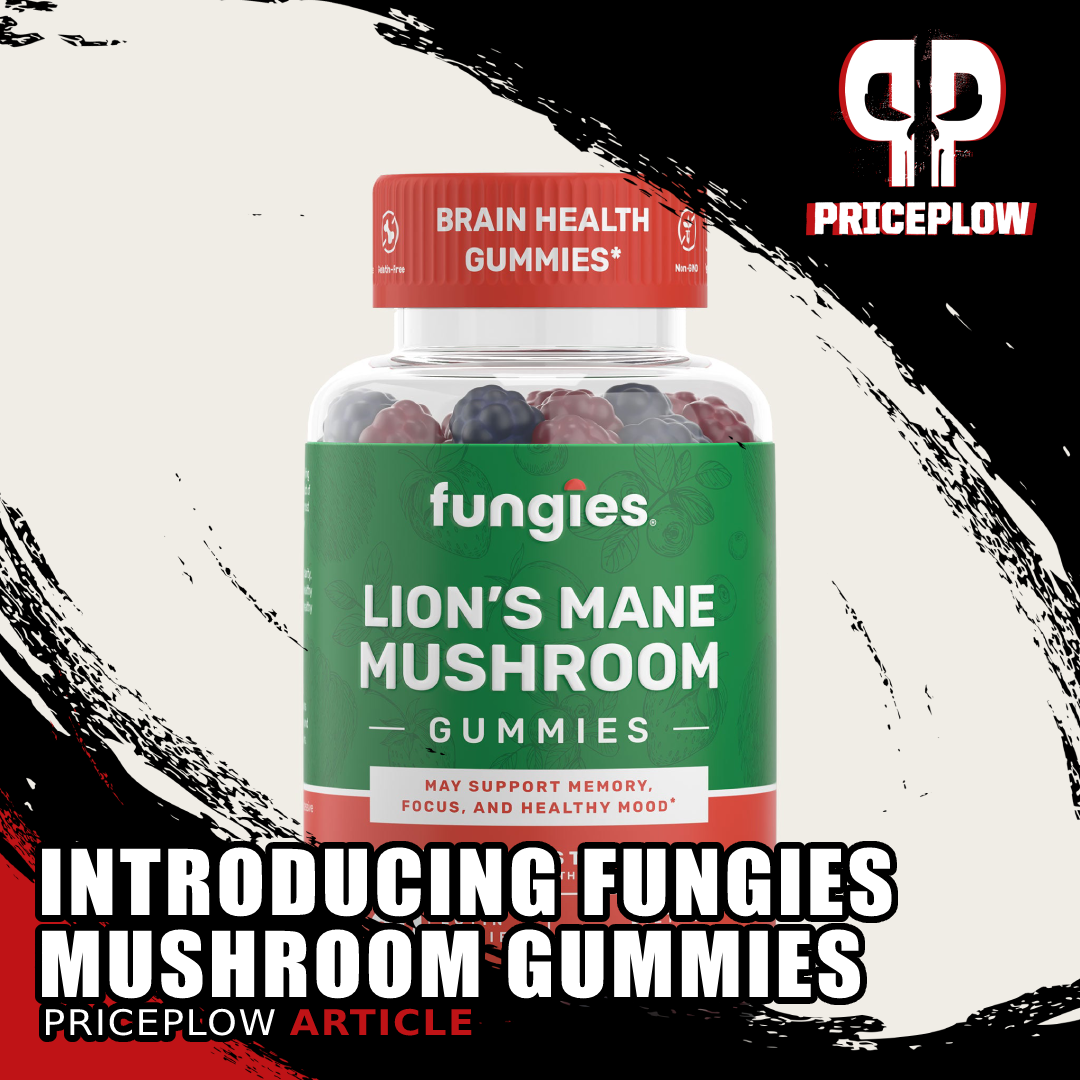
Try out the coolest way to get extremely beneficial mushrooms into your diet: Fungies!
In addition to water, the pectin adds a good bit of bounce -- this is actually a soluble fiber used in jams and jelly as a gelling agent -- it's found in the cellular walls of plants.[17,18] In fact, at high enough doses, it can even help the gut generate health-beneficial short-chain fatty acids.[19] And it's also vegan-friendly, as opposed to many of the animal-based gelatins on the market.
The colors and flavors are natural (and incredible) as well - here you'll get both blueberry and strawberry flavors as well.
Third-party tested!
If you check the EatFungies website, you'll also see that they're transparent about the third-party lab tests they use, stating which labs they use for both presence of heavy metals and contaminants and label composition.
Long story short: assuming you're OK with a few carbs (and you should be, no zealotry is ever healthy), these are a slam dunk and Fungies did it right.
Conclusion: Fungies are hard to stop eating
It's amazing how good Rob and his team at Fungies made these taste, given the huge dose in each gummy. They're really quite a treat.
The reality is lion's mane research is still in its infancy, but adaptogenic effects are a general characteristic of medicinal mushrooms like lion's mane, reishi, cordyceps and others. So we think it's probable that lion's mane has plenty of benefits that are not yet understood.
It's especially important when studying the action of neurotrophic factors like NGF to remember that because the process of neurogenesis in adults takes about three to six weeks in the hippocampus,[20] or several months in other brain regions, like the neocortex.[21] So it's only at the six week mark that the first generation of neurons supported by upregulated neurotrophic factors will even come online.
This means that if you want the best results from lion's mane, you should be prepared to take it for at least that long. In theory, the benefits should compound as more and more neurons reach maturity thanks to the neurogenic properties of lion's mane. Thankfully, Fungies has a subscription service to help you save for the long haul -- but if you want to try just a single bottle, use our coupon to save:
Fungies Lion's Mane Mushroom - Daily Gummies – Deals and Price Drop Alerts
Get Price Alerts
No spam, no scams.
Disclosure: PricePlow relies on pricing from stores with which we have a business relationship. We work hard to keep pricing current, but you may find a better offer.
Posts are sponsored in part by the retailers and/or brands listed on this page.
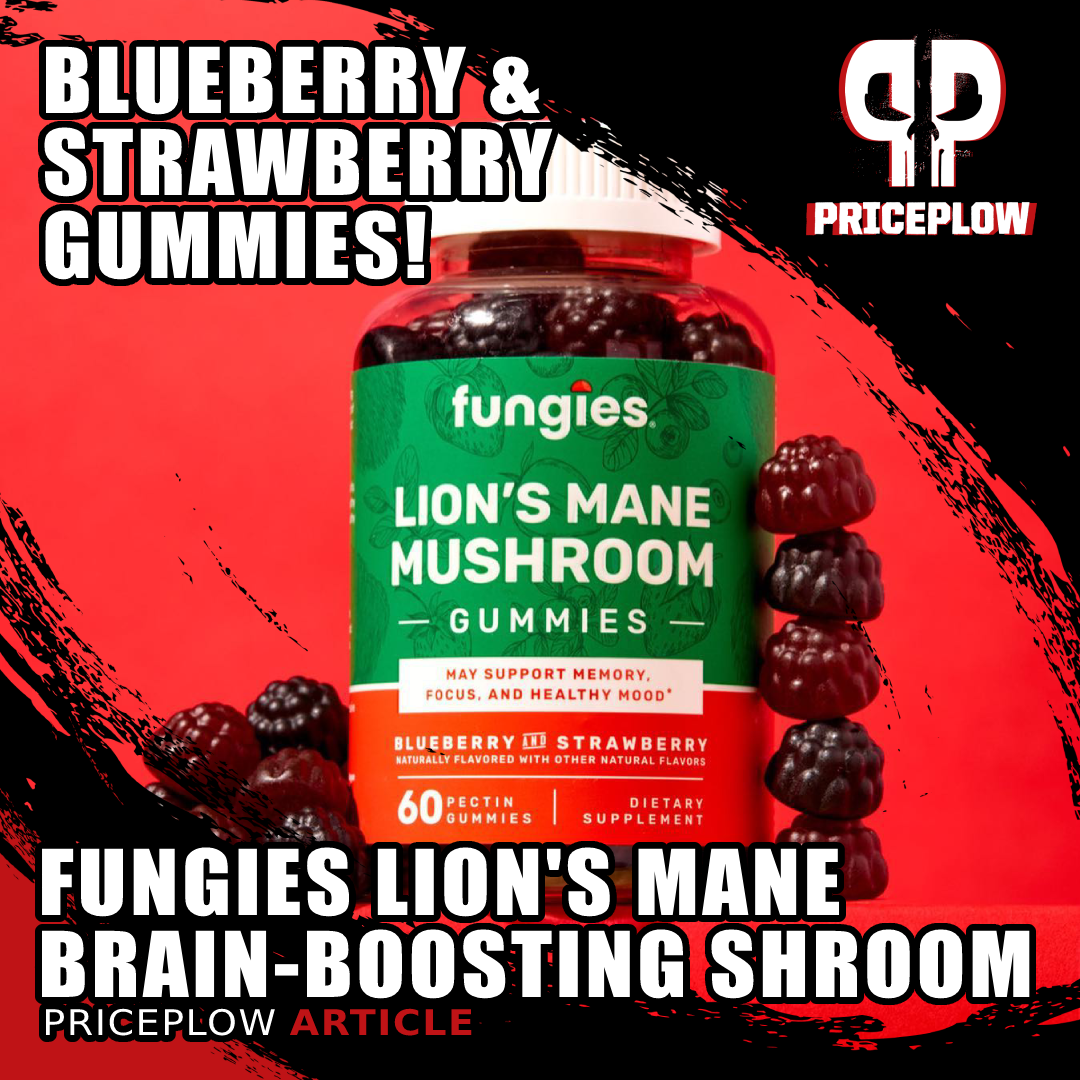

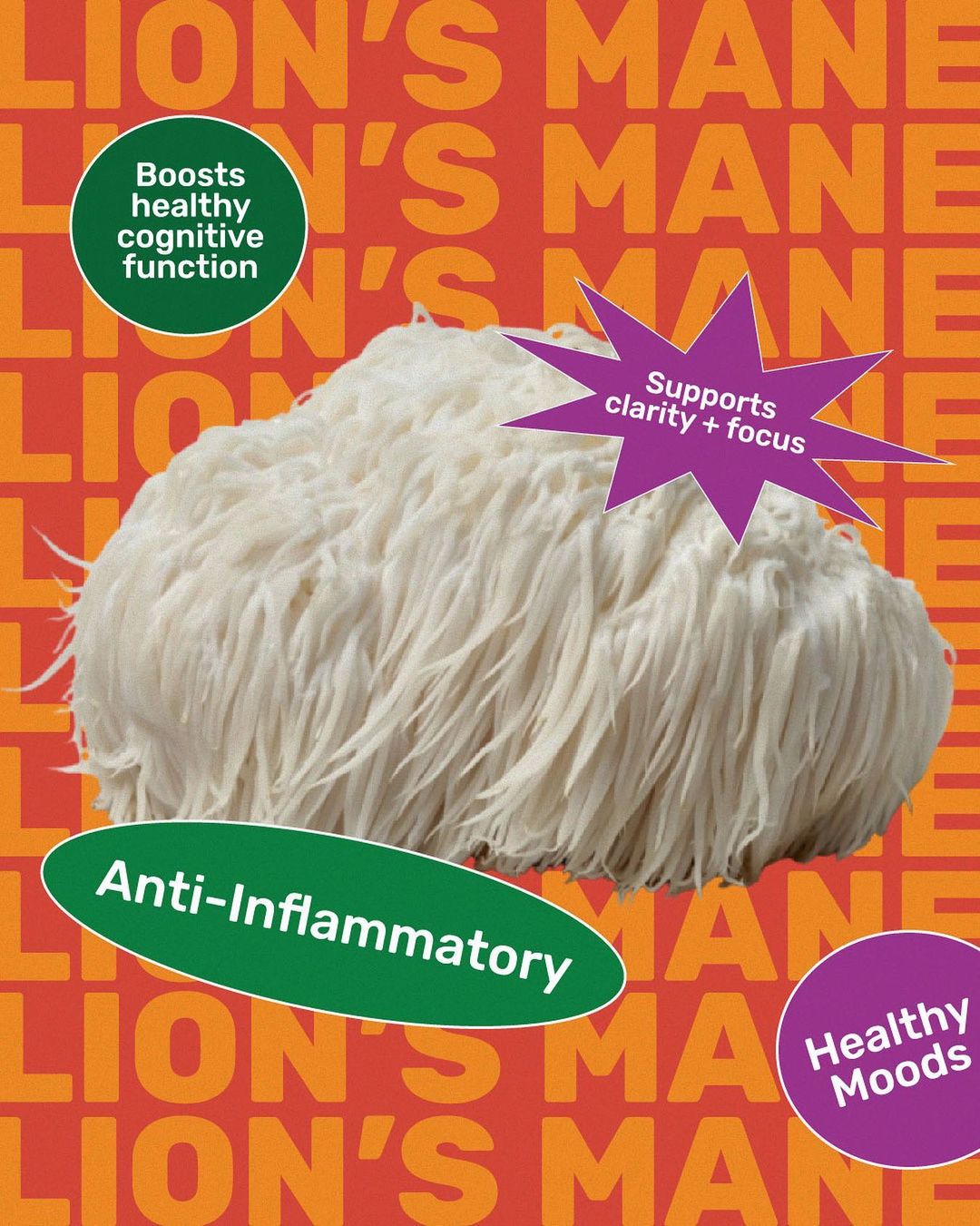
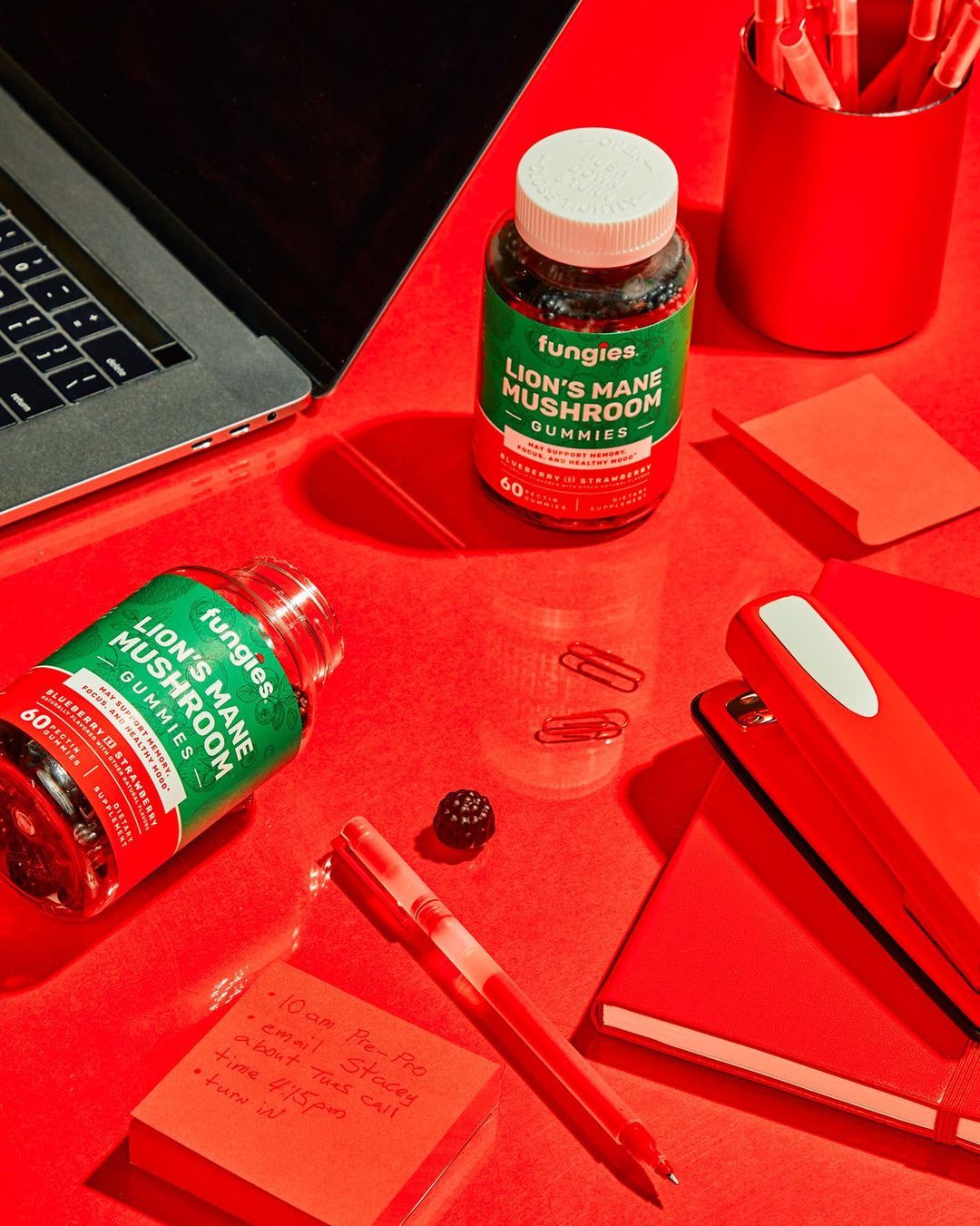
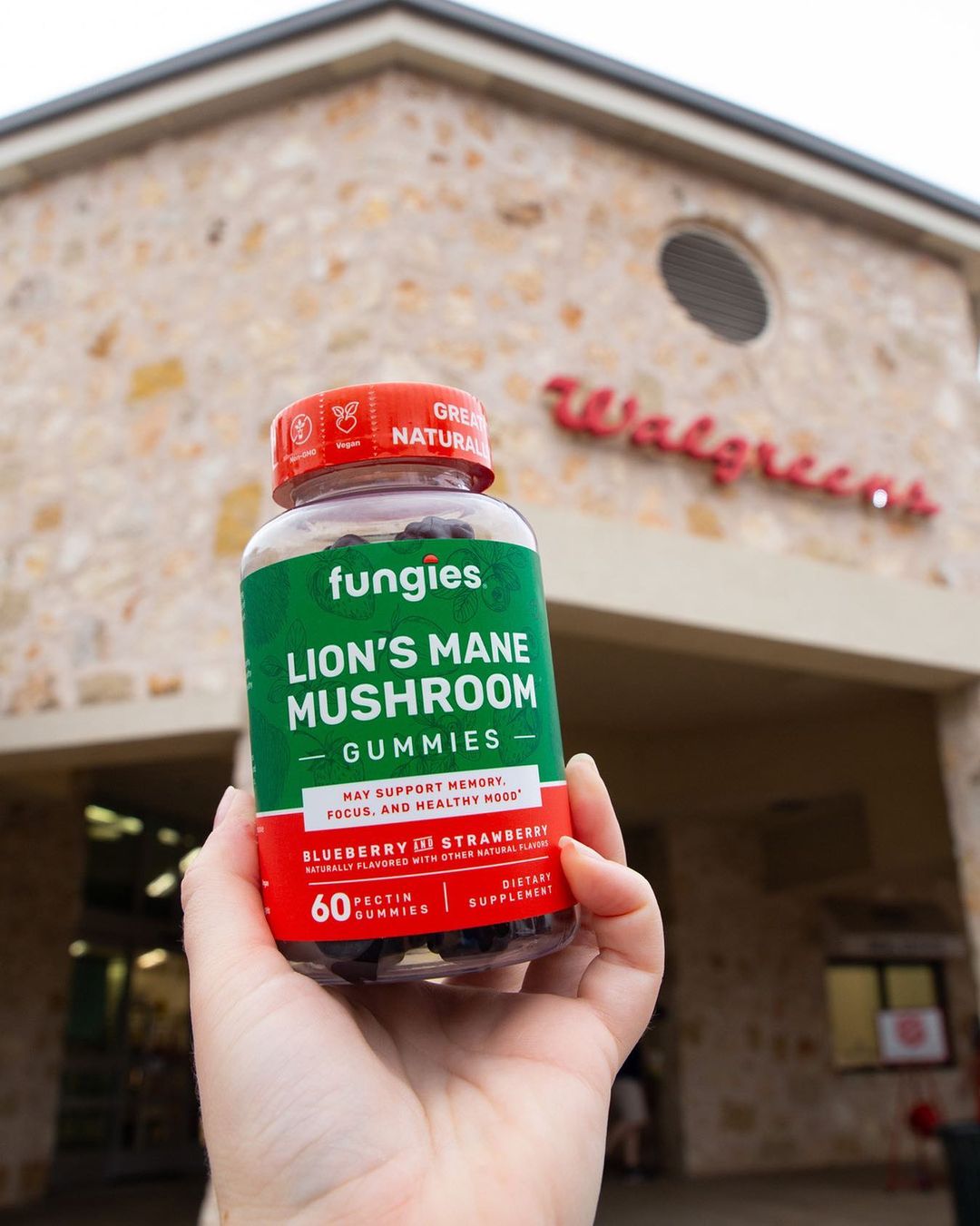
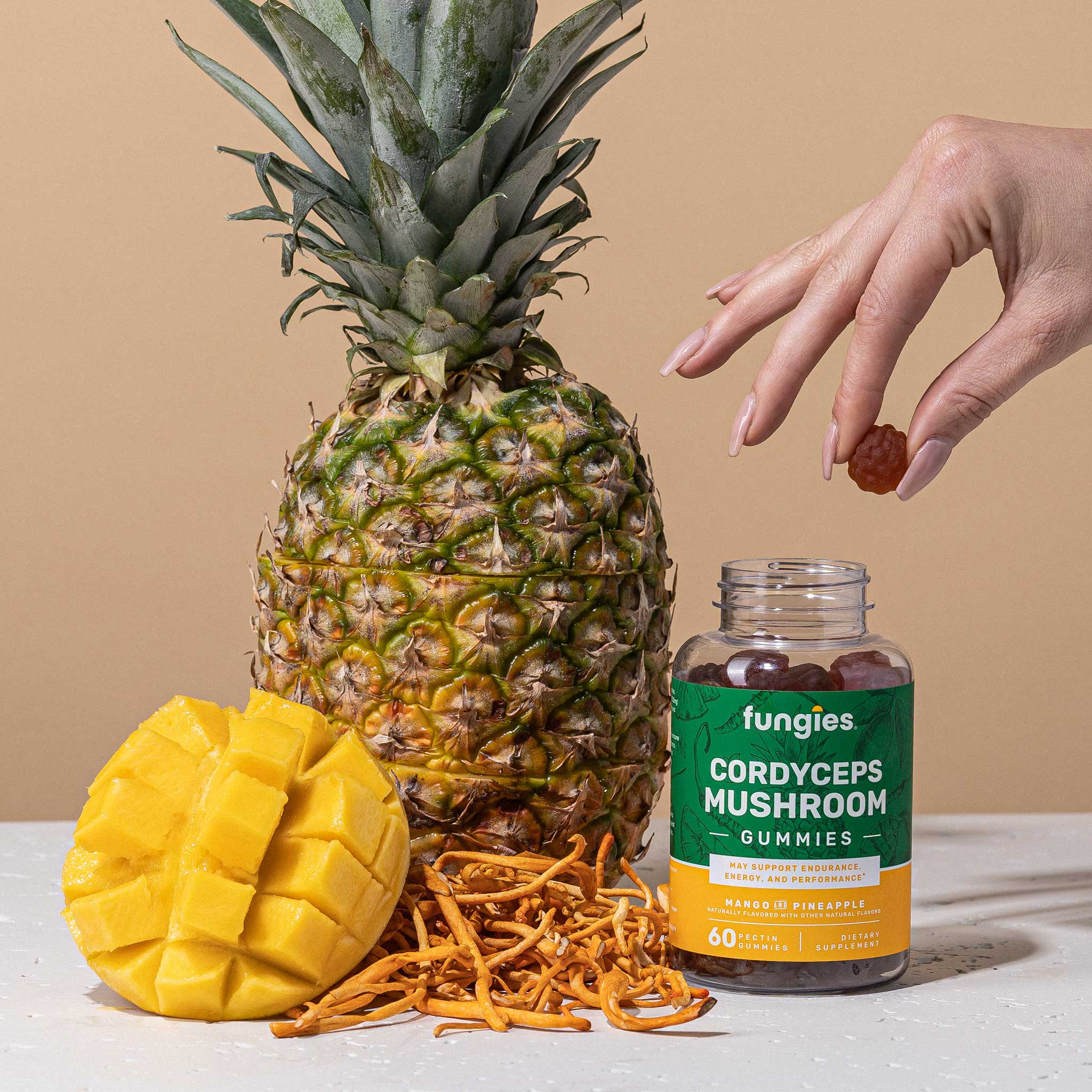
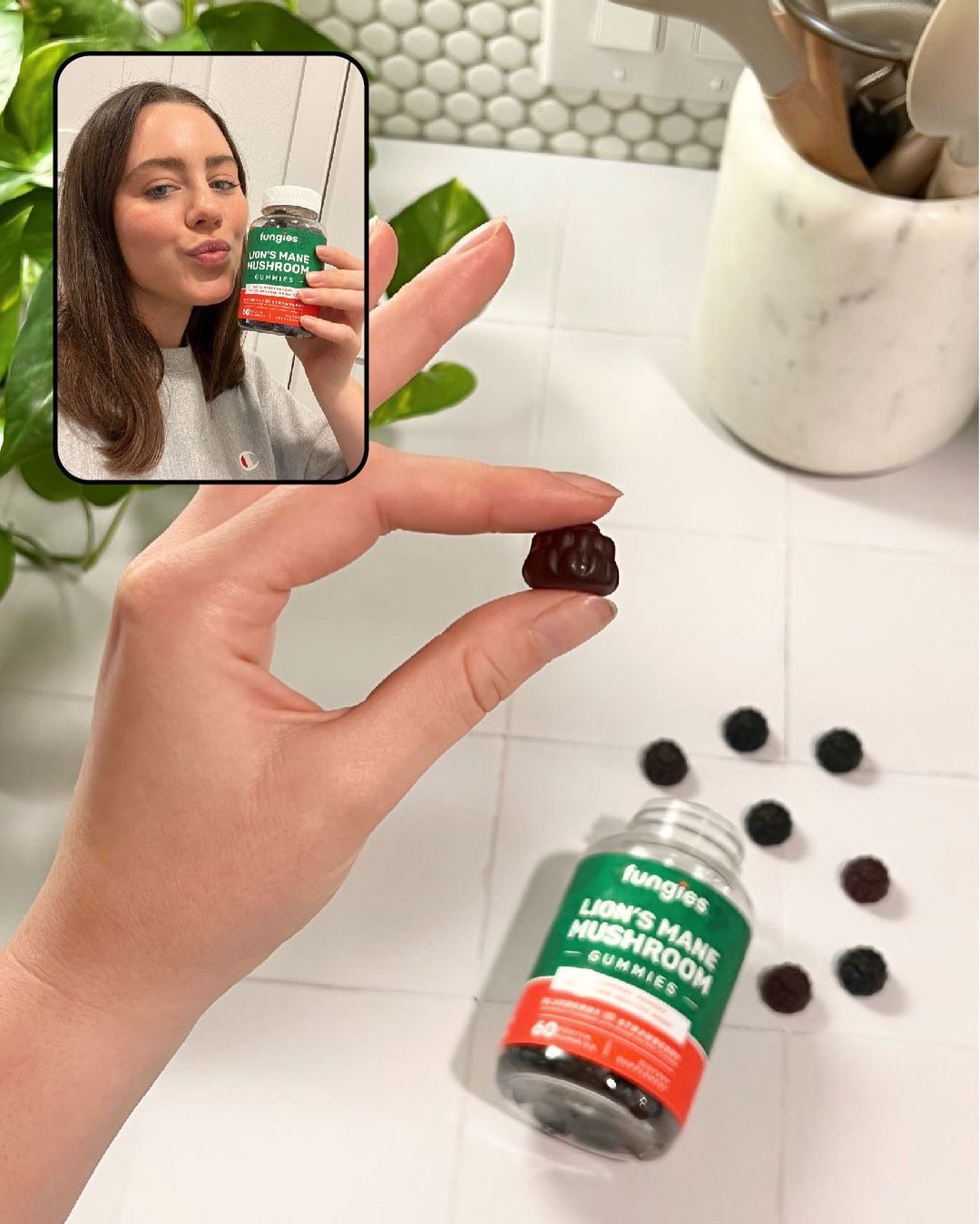
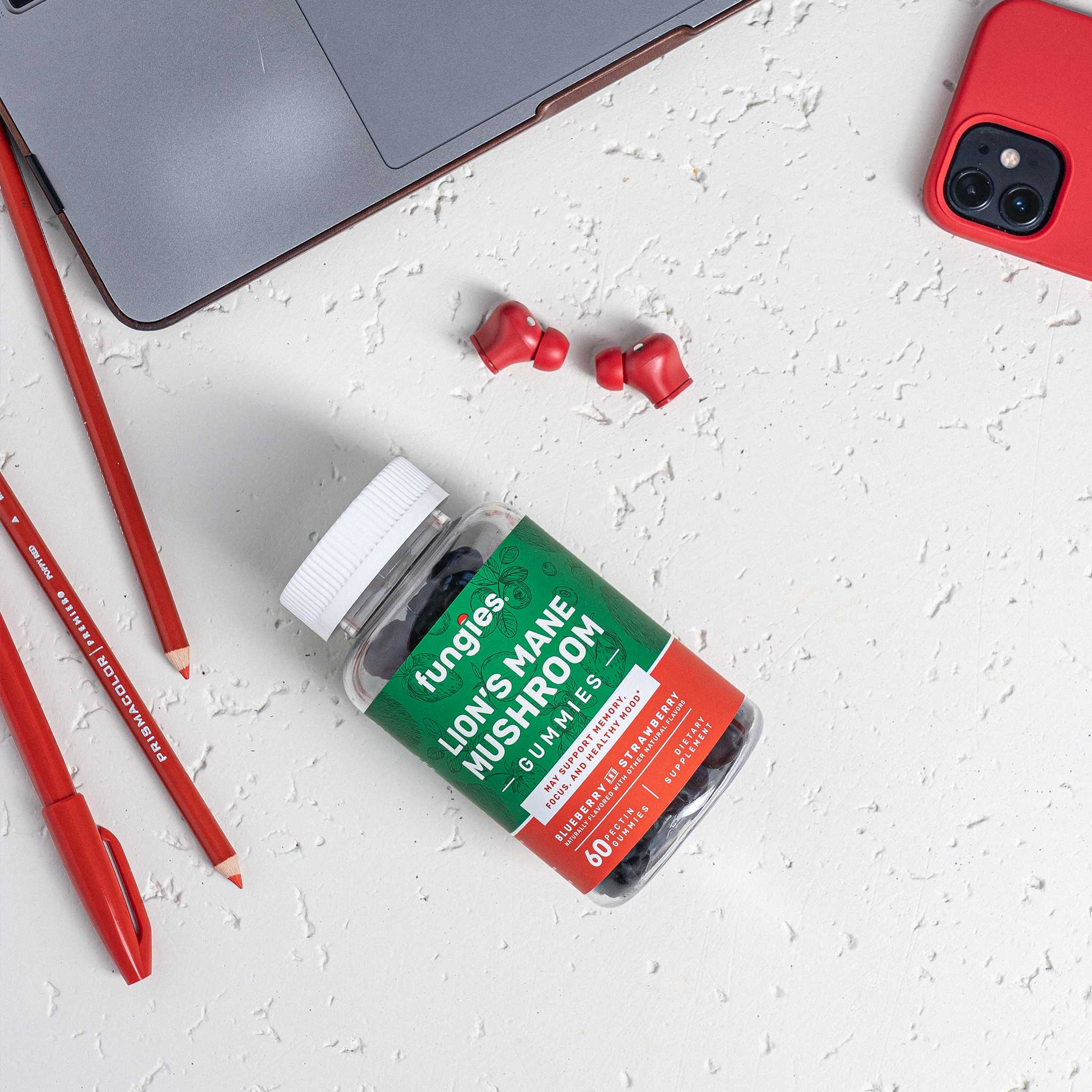
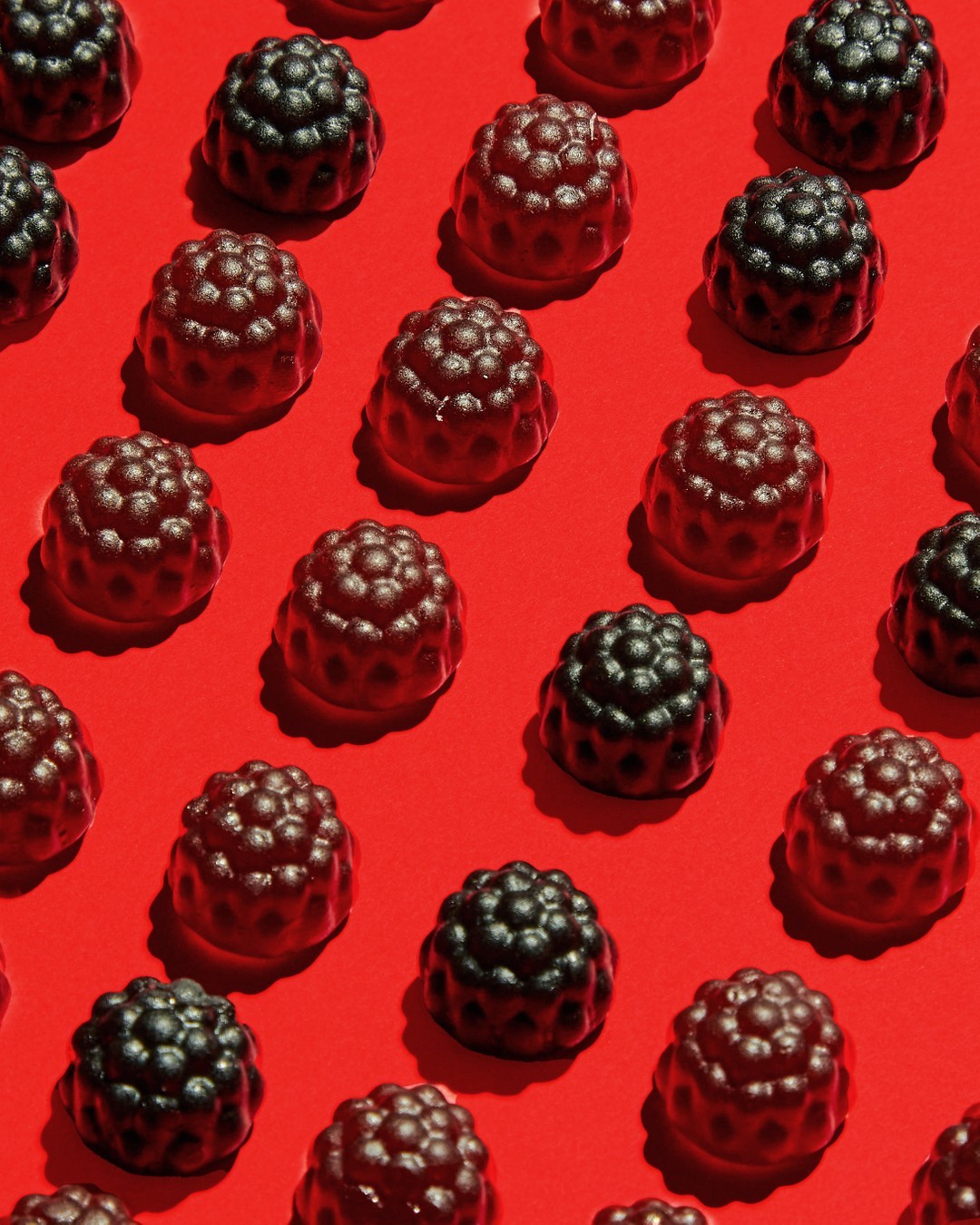



Comments and Discussion (Powered by the PricePlow Forum)